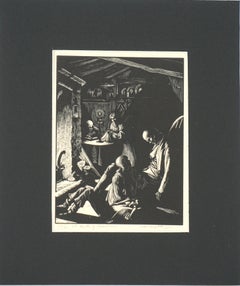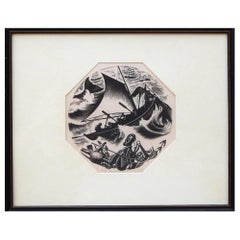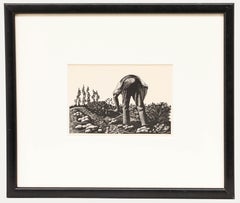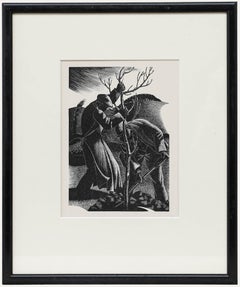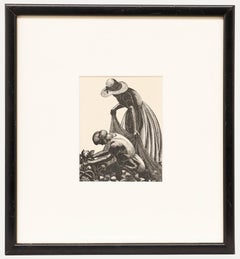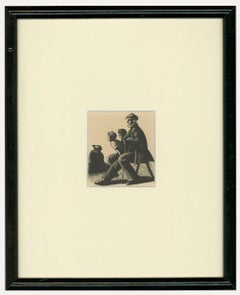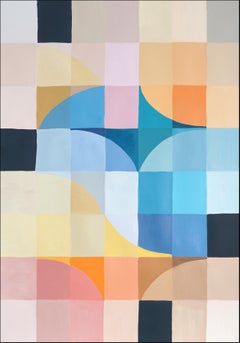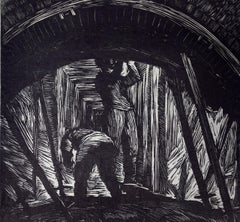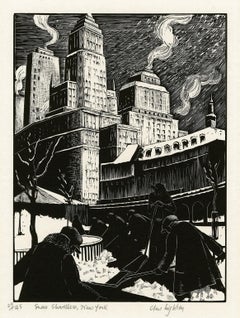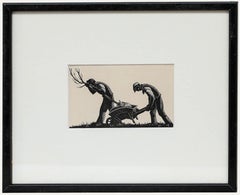Clare Leighton Art
Born in London, England, Clare Leighton executed her first wood engraving in 1922 while enrolled at the Central School of Art and Design in London. A year later, her engravings were shown in the Society of Wood Engraver's annual exhibition, and she began to receive critical attention. At the onset of the Second World War, she moved to America. In 1943, Leighton taught at Duke University and eventually settled in Woodbury, Connecticut, where she worked until the late 80s. Leighton's prints show people engaged in various types of work. During her extensive career, Leighton carved more than 900 woodblocks and designed numerous book illustrations, bookplates, engravings, illustrations, and mosaics and stained glass windows. Although known primarily for her work as a printmaker, she was the author of seven books.
1950s Other Art Style Clare Leighton Art
Paper, Ink, Woodcut
Mid-20th Century Clare Leighton Art
Paper
20th Century Clare Leighton Art
Lithograph
20th Century Clare Leighton Art
Woodcut
20th Century Clare Leighton Art
Woodcut
Mid-20th Century Clare Leighton Art
Woodcut
20th Century Clare Leighton Art
Woodcut
2010s Cubist Clare Leighton Art
Oil, Paper
1930s Clare Leighton Art
Woodcut
1990s Clare Leighton Art
Woodcut
2010s Other Art Style Clare Leighton Art
Lithograph
Early 2000s Contemporary Clare Leighton Art
Lithograph
1930s Art Nouveau Clare Leighton Art
Woodcut
2010s Analytic Cubist Clare Leighton Art
Paper, Oil, Acrylic
2010s Analytic Cubist Clare Leighton Art
Paper, Oil
2010s American Modern Clare Leighton Art
Oil, Paper
2010s Pop Art Clare Leighton Art
Varnish, Lithograph, Offset
15th Century and Earlier Old Masters Clare Leighton Art
Ink, Handmade Paper, Laid Paper, Woodcut
2010s Analytic Cubist Clare Leighton Art
Paper, Oil, Acrylic
1920s American Modern Clare Leighton Art
Woodcut
Mid-20th Century Clare Leighton Art
Woodcut
Early 20th Century Clare Leighton Art
Woodcut
Mid-20th Century Clare Leighton Art
Paper
Early 20th Century Clare Leighton Art
Woodcut
20th Century Clare Leighton Art
Lithograph
Mid-20th Century Clare Leighton Art
Woodcut
1940s American Modern Clare Leighton Art
Woodcut
1930s Modern Clare Leighton Art
Woodcut
Mid-20th Century Folk Art Clare Leighton Art
Paper, Lithograph
1930s Modern Clare Leighton Art
Engraving, Woodcut
